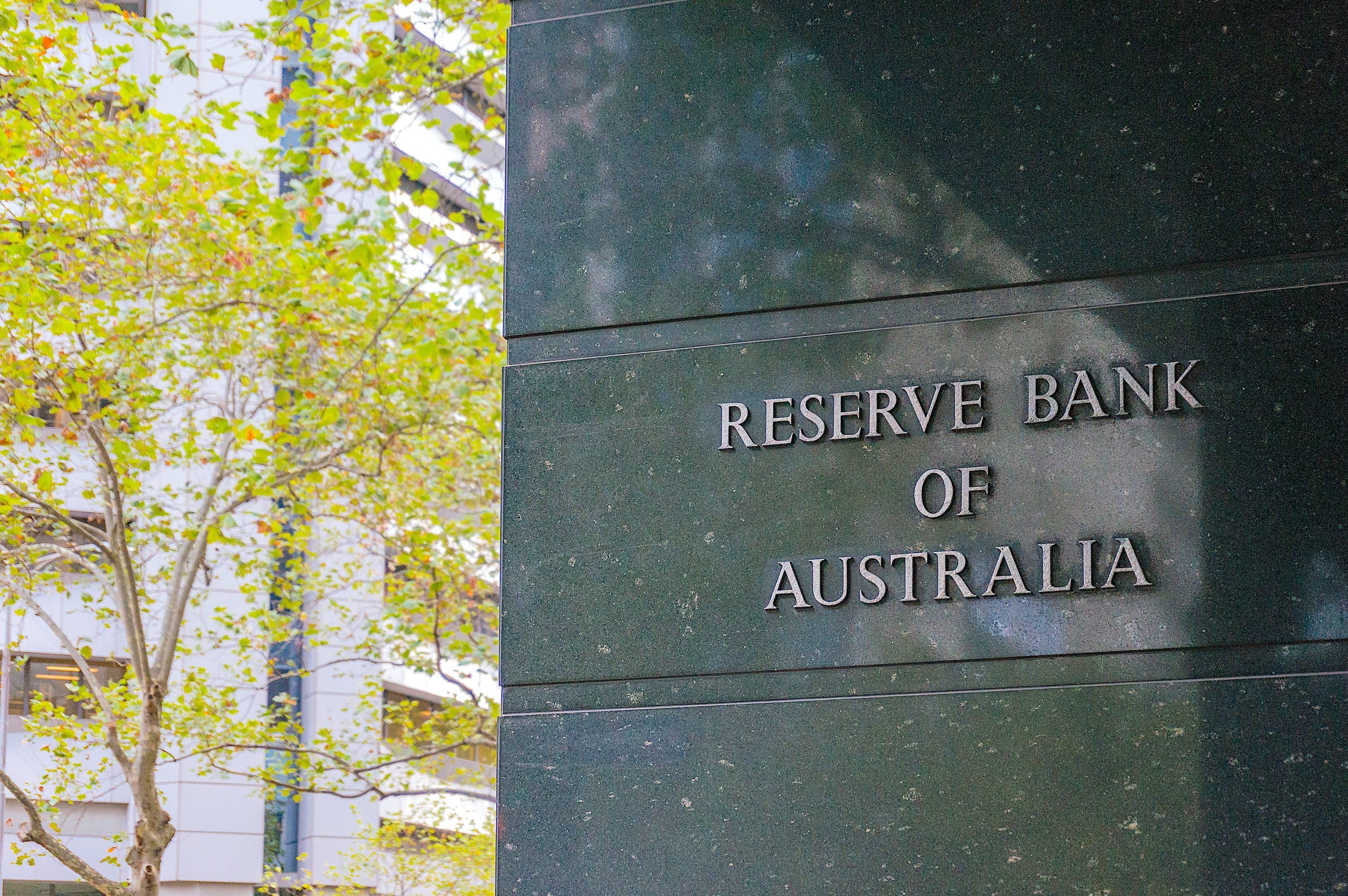Your selected home loans

Read reviews and learn more about SWSbank home loans
Go to site


Read reviews and learn more about Unloan home loans
Go to site


Read reviews and learn more about MOVE Bank home loans
Go to site
Read reviews and learn more about BCU Bank home loans
Go to site
Read reviews and learn more about P&N Bank home loans
Go to site
Read reviews and learn more about SWSbank home loans
Go to site
Read reviews and learn more about IMB Bank home loans
Go to site


Read reviews and learn more about Unloan home loans
Go to site
Read reviews and learn more about BCU Bank home loans
Go to site
Read reviews and learn more about P&N Bank home loans
Go to site
Read reviews and learn more about BCU Bank home loans
Go to site
Read reviews and learn more about ubank home loans
Go to site
Read reviews and learn more about IMB Bank home loans
Go to site


Read reviews and learn more about loans.com.au home loans
Go to site


Read reviews and learn more about MOVE Bank home loans
Go to site
Read reviews and learn more about P&N Bank home loans
Go to site
Read reviews and learn more about ubank home loans
Go to site
Read reviews and learn more about BCU Bank home loans
Go to site
Read reviews and learn more about ubank home loans
Go to site
Read reviews and learn more about MOVE Bank home loans
Go to siteYour selected home loans
We compare home loans from the following well-known lenders and many more See all
Quickly estimate your repayment, borrowing power and other important factors with our free home loan calculators.
Find out how much you’ll need to pay monthly, fortnightly or weekly and how interest rates affect these payments.
Get a better idea of your budget by estimating how much you can borrow for a loan based on your income, expenses and other factors.
See how an interest rate increase or cut can impact your monthly home loan repayments.

The Reserve Bank of Australia (RBA) went against confident market expectations with its decision to hold the cash rate at 3.85% p.a. this month.
ANZ, CommBank, NAB and Westpac each forecasted a cut of 25 basis points in July, but the central bank ultimately decided to put rate cuts on pause.
So, what’s next for those who were waiting for a rate change? Mozo’s finance expert, Rachel Wastell, says you need to be proactive if you want to save money on your mortgage.
“While the RBA held today and caught many off guard, it’s crucial to remember that it’s now less about waiting for small cuts from the RBA, and more about acting in the new market we’re in,” she says.
“Home loans have become far more expensive, but the reward for switching has never been greater. This is why it’s crucial for borrowers to stop assuming loyalty is rewarded, and start comparing.”
If you’re in the process of saving for your house deposit and you’re not quite ready to buy, Mozo senior writer Peter Terlato has some suggestions on where to park your home deposit while you wait.
We’ve listed the best home loan rates in the Mozo database for this month below, but if you want more options, we also curate our picks of the top cheap home loans every month.
Source: Mozo database on 2 July, 2025. Best home loan interest rates for owner occupiers with a 20% deposit (80% LVR), making principal and interest repayments on a $500,000 loan.
*See the comparison rate warning above.
The purchase of property is likely one of the biggest financial decisions you’ll make, and at Mozo, we want you to get the best possible deal you can on your home loan. Our team of editorial experts have home loans covered from A to Z so that you have all the info you need to make an informed decision. Home Loan Glossary
There are a lot of aspects to choosing and getting a great value home loan – here’s links to some of our in-depth guides and tools we’ve developed to help you.
Our expert guides will give you the knowledge you need to manage your mortgage from search to settlement. See all
Get the latest on property market trends, interest rates, and lending news from Mozo's expert writers. See all






A home loan is an amount of money that you borrow to finance the purchase of a property.
A home loan works in a similar way to any other loan. You borrow an amount of money to fund the purchase of a property or land and you pay that money back (principal), plus interest, over a period of time.
There are a range of different factors that determine the repayment amount.
Type of repayment. For owner occupier home loans the standard repayment type is principal and interest (P&I). There is also an interest-only (IO) repayment structure, where you only pay back the interest you are charged. This is a popular option for investment loans.
There are two types of home loans: owner-occupied and investment home loans.
A comparison rate represents the ‘true’ cost of a home loan by wrapping the interest rate, fees, and charges of a particular loan into a simplified percentage figure. This makes it easier to compare home loan costs from different lenders.
Learn more about how comparison rates are calculated.
There isn’t a single best lender for everyone but there will be a best home loan for you. While the Big 4 banks (ANZ, CommBank, NAB and Westpac) are the biggest mortgage lenders in Australia they do not always have the best rates. You can use our comparison tool above to compare all home loans in our database and shortlist ones that have the best rates and features for your needs.
Each year we also conduct a review of the home loan market for the Mozo Experts Choice Home Loan Awards. For this year’s awards we compared 444 home loans from 97 lenders. We run a number of scenarios across 10 categories to find the home loans that deliver the best value for Australian borrowers.
The standard deposit for a home loan in Australia is 20% of the value of a property. It is possible to buy a home with a deposit of less than 20% by using government schemes, such as the First Home Guarantee scheme, and by opting for a low-deposit home loan and paying Lender’s Mortgage Insurance.
The interest on your home loan is calculated daily, based on your outstanding balance. Read our guide on calculating interest on a loan for more information.
LVR stands for loan-to-value ratio. This is the amount you borrow, expressed as a percentage of the value of the property you buy. For example, if you borrow $500,000 and you have a deposit of $100,000 your LVR will be 20%.
When you first apply for a loan, your LVR is determined by your deposit size. The higher your deposit is, the lower your LVR will be. But your LVR can also change over time, as you pay off more of your home loan, or as your property value goes up and down.
Some lenders will have low deposit home loans and Lenders Mortgage Insurance (LMI) is an insurance product that allows you to get a home loan without a full 20% deposit. The cost of this insurance is usually added to your home loan amount and it is designed to protect your lender financially in the case of a default. See our guide on the difference between LMI and mortgage protection insurance.
Home loan interest is not tax-deductible for owner-occupiers. However, property investors can claim interest as a tax deduction if they have an investment home loan.
An offset account is a transaction account that allows you to reduce how much interest you’re charged. You won’t pay interest on your loan balance equal to the amount of money you hold in your offset account.
For example, if you have a $500,000 home loan debt and $50,000 in your offset account, your home loan interest will be calculated on just $450,000.
Read our guide on how offset accounts work for more information.
A home loan redraw is when you withdraw extra repayments you’ve already made on your home loan to use the money for another purpose. Depending on the lender, sometimes there is a redraw fee or minimum redraw amount required. Learn more about home loan redraws.
Home loan pre-approval is when a lender approves you as a suitable candidate for a home loan and indicates how much it’s willing to let you borrow – subject to conditions.
The purpose of getting pre-approval is to understand how much you can feasibly borrow to buy a property, and by setting a budget, it helps you go house hunting with some confidence.
The key information lenders will need for a home loan application is:
The great news about digital home loans is that applying online reduces the time it takes to get approval. Depending on the lender it can take as little as a few hours to a few days to get pre-approval (assuming you have all the information required to process the application). Full loan approval through to property settlement can take approx 4 -6 weeks.
The standard loan term for a home loan is 25 years, though many lenders offer home loans for terms up to 40 years.
It is important to get the shortest loan term you can afford. The longer the loan term the more interest you’ll pay, but the lower your regular loan repayment will be. The shorter the loan term, the higher your regular repayment but you’ll pay less in interest. Use our mortgage repayment calculator to see what the difference in repayments will be between different loan terms.
A mortgage broker is a go-between who can help borrowers arrange home loans through banks and lending institutions.
A mortgage broker can help:
Mortgage brokers tend to receive commission payments from lending institutions, so you usually won’t have to worry about paying them (though some mortgage brokers may charge service fees). See information about the role of mortgage brokers.
The Mozo database tracks 407 home loans from 95 Australian lenders, so you can compare rates, fees and home loan features side-by-side.
We have spent our days keeping tabs on rates, crunching numbers, and breaking down bank jargon to provide you with practical tips, breaking news and expert analysis since 2008.
We’re regulated by ASIC and are committed to bringing you a free service. You can search all providers in our database regardless of whether we get paid or not.
Mozo’s team of home loan experts include data analysts, finance journalists and compliance professionals. Meet the team


